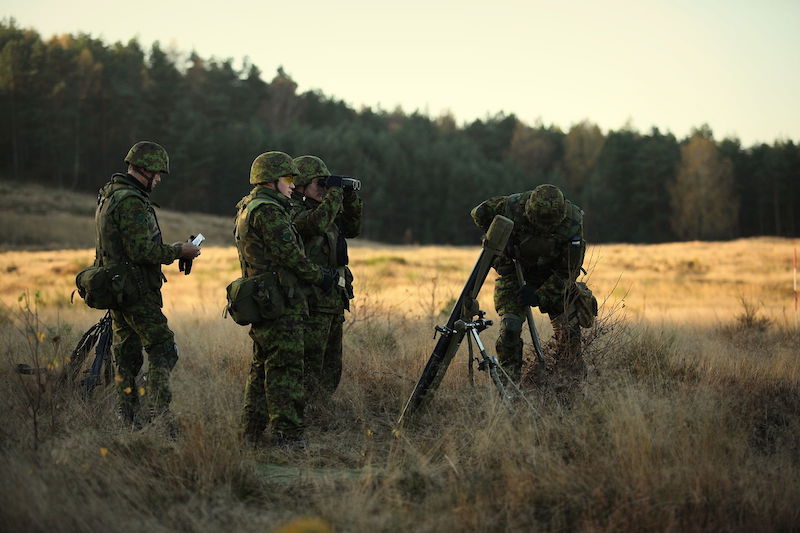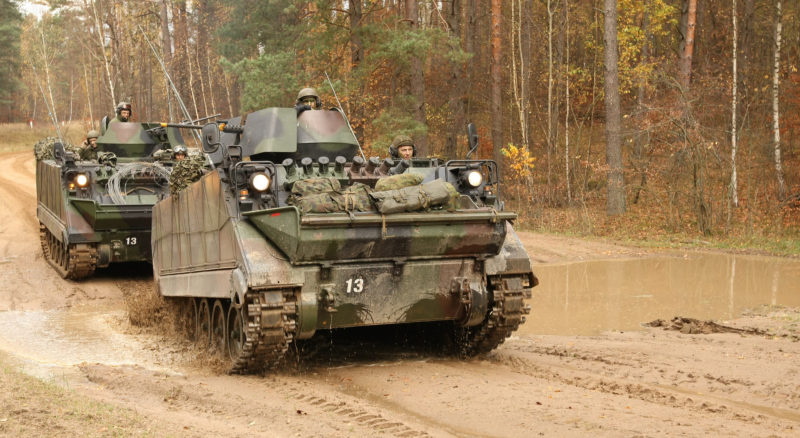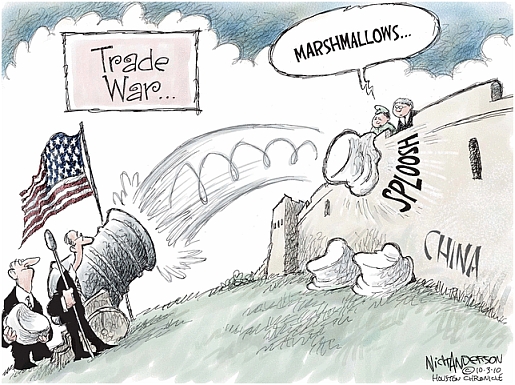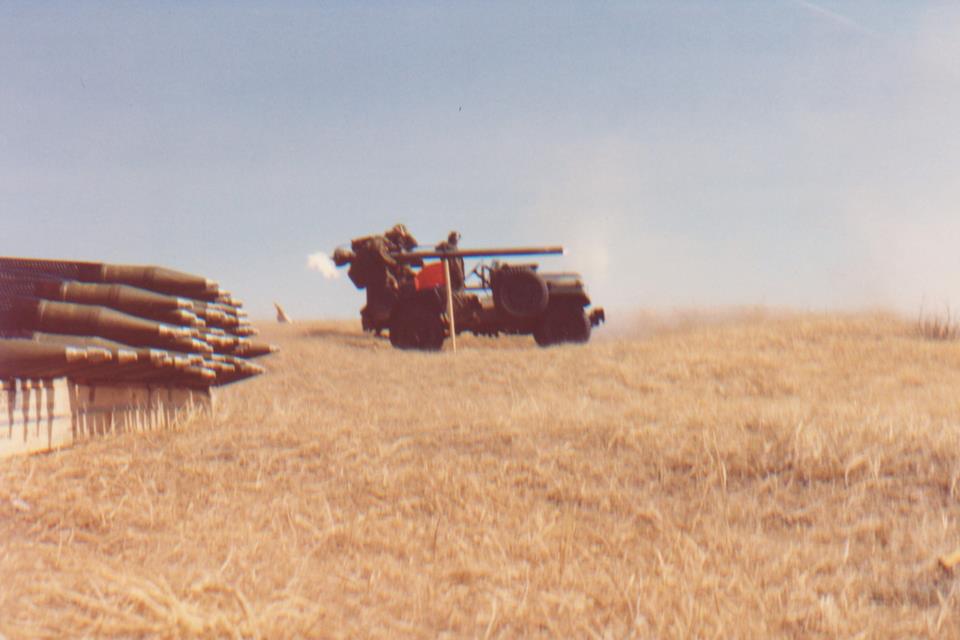As a neighbor to Russia, with an important Russian minority making up approximately 24% of its total population of just over 1.3 million, Estonia has seen drastic changes in its security environment following the annexation of Crimea in 2014. A 2016 RAND Corporation war game simulation unveiled that Russian forces would face little resistance if they were to attack Estonia. Furthermore, with the election of US President Donald Trump, who has at numerous times stated he would reconsider US involvement in NATO, Estonia is left fearing for its security.
As a NATO member since 2004, various measures have been taken both by NATO and by the Estonian government to reinforce the country’s security. A NATO Battalion mainly composed of British forces is set to arrive this spring, and US Special Forces are already on Estonian soil. At the same time, the Estonian Defence League (Kaitseliit in Estonian), a paramilitary organisation, has seen increased membership.
The Kaitseliit was created in 1918, and is currently composed of around 15,500 voluntary members divided across 15 districts. It complements Estonia’s regular army, which in turn is made up of just over 5,700 men and women, and approximately 21,000 reservists. The tasks of the Kaitseliit are numerous, but they mostly aim to “enhance, by relying on free will and self-initiative, the nation’s readiness to defend the independence of Estonia and its constitutional order.” To achieve this, Kaitseliit members train on week-ends in small units, during which they are taught fighting basics, vehicle identification, insurgency techniques, and how to make Improvised Explosive Devices (IEDs). According to its officials, the organization’s forces can be mobilized and combat ready within 24 hours. Members are encouraged to keep warm clothes, canned goods, and a weapon at home to help resist occupation. The Kaitseliit has also developed a cyber-defence unit, tasked to defend Estonian cyberspace.
Due to its size and organization, the Kaitseliit reinforces Estonia’s defense in different ways. Notably, it complements and bolsters Estonia’s regular army, and with both forces combined, they amount to more than 40,000 soldiers. On Estonia’s small territory, such a force would be able to face, and even counter, the use of hybrid warfare if used in the same way as in Ukraine. More importantly, if the tensions between NATO and Russia escalate and transform into an armed conflict, the Estonian army and a NATO battalion may not stand long against a direct attack. The Kaitseliit would, however, be able to destabilize an invader if it occupies Estonia, thanks to practiced knowledge of insurgency techniques. The occupier would thus face a well-trained and organized network of insurgents, capable of hiding amongst the population until support from NATO or the EU arrives.
As demonstrated numerous times throughout history, whether in Afghanistan or in Vietnam, even well trained armies may have difficulty applying counter-insurgency techniques against organised insurgents and guerilla fighters. In this time of heightened tensions, the Kaitseliit act as a deterrent against hybrid warfare, and Russia may be certain that it will face strong resistance if it chooses to attack or invade Estonia.
Photo: Estonian Defence League’s mortar platoon preparing for target shooting during exercise Steadfast Jazz 2013 (2013), by Cpl Madis Veltman EST Army via Wikimedia Commons. Licensed under CC BY 2.0.
Disclaimer: Any views or opinions expressed in articles are solely those of the authors and do not necessarily represent the views of the NATO Association of Canada.




